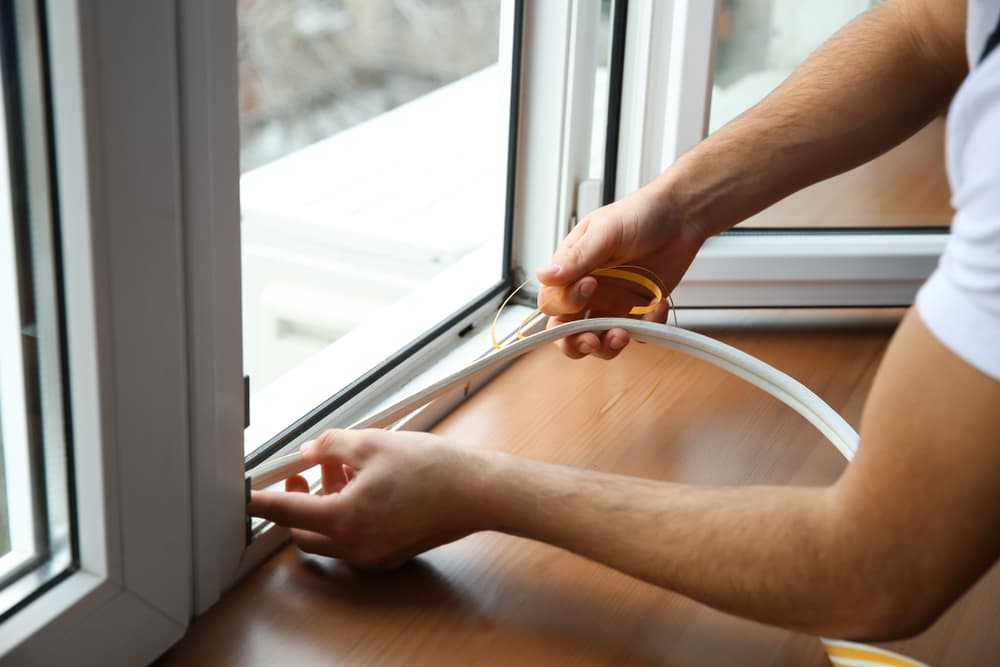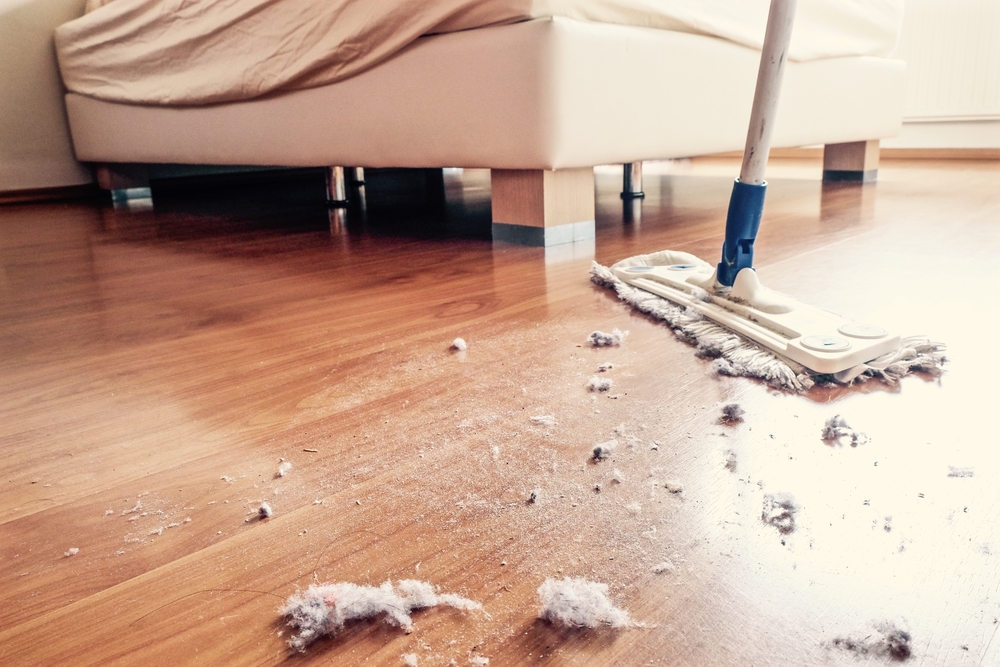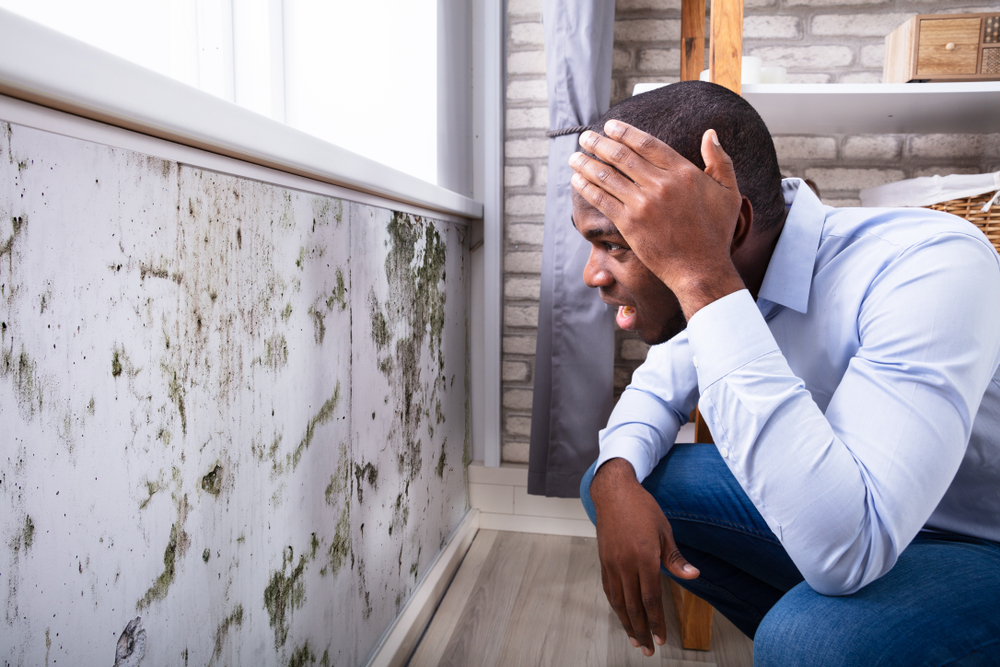
When the thermostat and connected forced-air furnace in your home are trying to remain under a preset temperature but also trying to address a cooler area, short cycling happens. This process involves your furnace repeatedly shutting on and off – cycling – to bring that colder room to within the temperature range your thermostat is set to, but this can also cause other rooms to become warmer than intended.
Here are some tips on how to prevent thermostat short cycling.
Check Your Insulation
If your home is new to you and it’s your first winter living there, you may not know whether there are drafty rooms to deal with. Inspecting your insulation, including in areas such as the attic, is important, but be very careful if you have an older home. Asbestos fibres may be overlooked and present in older insulation. An indoor air quality test can determine whether there is any asbestos present.
Window and Door Seals
Over time, seals on windows and doors wear out as they expand and contract from the elements. If you aren’t able to hold in heat during the winter, which can cause thermostat short cycling to compensate, then it could be due to one or several of these seals not doing their job. New weather-stripping and upgrading to double or triple-glazed panes of glass are a couple of solutions to this problem. Or, sometimes, new caulking can do the job.
Ensure Your Furnace is Working Properly
A clogged and dirty air filter, connectivity issues with the thermostat, longer duct runs, or even using the wrong size of HVAC system for the load capacity required can contribute to short cycling as well. Always ensure you are following regular maintenance requirements, including seasonal filter changes, and have your furnace and ventilation professionally inspected for problems every year or so.
Outside Interference (Debris, Pests, etc.)
Another potential cause of an inefficient furnace, blocked vents and other problems is debris from the outside. Even a wayward twig or droppings from pests can interrupt or outright inhibit airflow, block your flue, or limit heating efficiency. Again, a professional inspection is a good idea, but some of these problems you may also be able to spot on your own. This is generally the best approach to take before the winter weather sets in – nobody likes to troubleshoot short cycling issues when it’s cold out!
If you’re struggling to get your furnace and thermostat operating as they should, our ITC Air Canada certified and experienced team at Indoor Air Quality Ottawa is here to help. Contact us today to arrange for your inspection.






